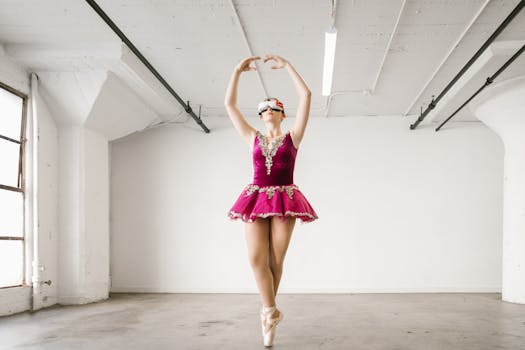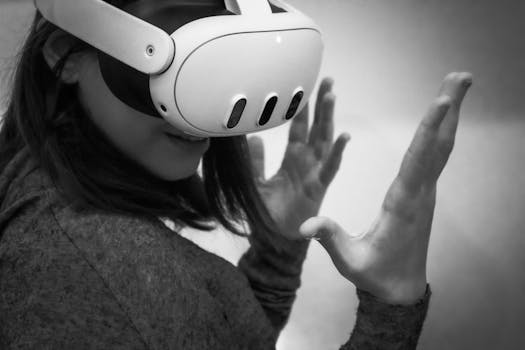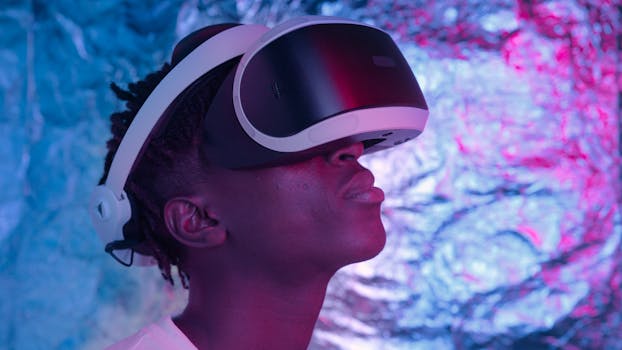
Exploring the Future: Virtual Reality Art Installations
Takeaways: Virtual reality art installations are revolutionizing the art world by offering immersive experiences that engage viewers in ways never before possible. Artists are leveraging technology to break boundaries, create interactive environments, and redefine how art is perceived and experienced. These installations not only challenge traditional art forms but also reflect the evolving relationship between technology and creativity.
In recent years, virtual reality (VR) has emerged as a powerful medium for artistic expression. Artists are increasingly using this technology to create immersive environments that transport viewers into entirely new worlds. From interactive experiences that allow participants to shape the narrative to installations that evoke strong emotional responses, virtual reality is redefining the boundaries of contemporary art.
The Rise of Virtual Reality in Art

One of the most compelling aspects of virtual reality is its ability to immerse viewers in a 360-degree environment. Unlike traditional art forms that often require passive observation, VR installations engage audiences actively. Viewers can explore virtual spaces, interact with digital objects, and even influence the outcome of their experience. This interactivity fosters a deeper connection between the viewer and the artwork, allowing for a more personal and memorable encounter.
Notable Virtual Reality Art Installations
Several artists and collectives have gained recognition for their innovative virtual reality art installations. One notable example is Marina Abramović, whose VR work, “The Life,” allows participants to enter a surreal world where they can interact with the artist’s digital avatar. This installation explores themes of presence and absence, inviting viewers to reflect on their relationship with the artist.
Another significant installation is “The Night Cafe” by Mac Cauley, which immerses viewers in a virtual recreation of Vincent van Gogh’s famous painting. This experience allows participants to walk through the iconic café, interact with objects, and even engage with characters inspired by van Gogh’s life. By stepping into the painting, viewers gain a new appreciation for the artist’s work and the emotions it conveys.
Additionally, the collective known as TeamLab has created stunning VR installations that blend art, technology, and nature. Their work often incorporates elements of light and movement, transforming digital art into an immersive experience that captivates audiences. TeamLab’s installations encourage viewers to explore and interact with the artwork, creating a dynamic dialogue between the observer and the art.
The Impact of Virtual Reality on the Art Community

Moreover, virtual reality installations have the potential to reach broader audiences. By offering online experiences, artists can share their work with people around the globe, breaking down geographical barriers that often limit access to art. This democratization of art is particularly important in an age where digital experiences are increasingly valued.
Conclusion








